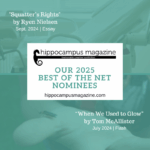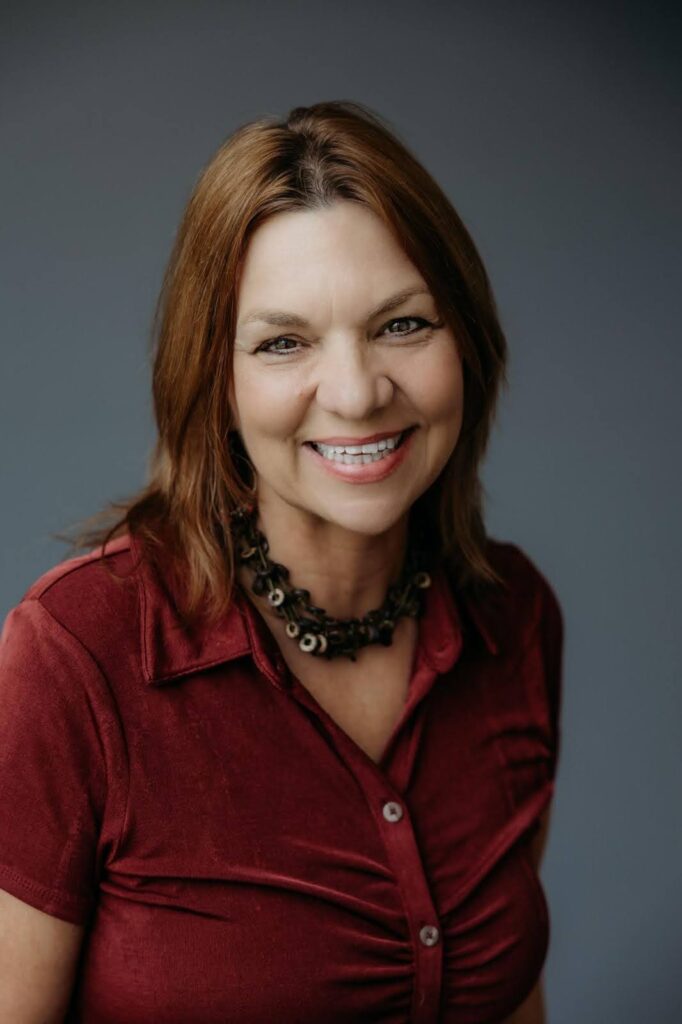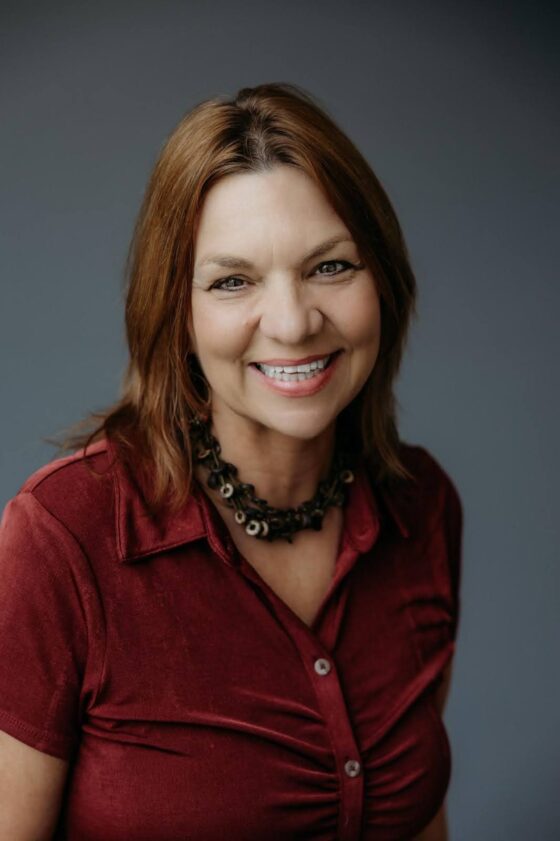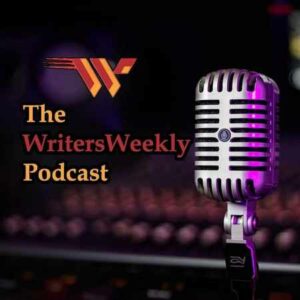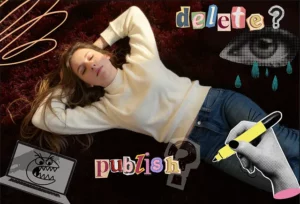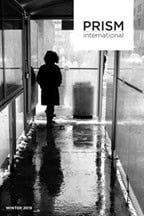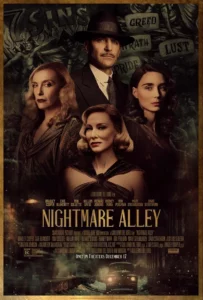Unveiling the Wild Within: How Amie Souza Reilly Redefines Our Connection to Animals in ‘Human/Animal’
To be a mother and writer in this situation and in this particular place meant Reilly acknowledging her desire to do violence while simultaneously wishing to protect her family from it: “I wanted to hurt those two men. I wanted to protect my son.” Reilly’s almost feral desire to protect her son and potentially harm those who might hurt him is what makes her a good and bad mother. It is also what makes her human. Motherhood, like suburban life, is rich with paradox.
Unlike Stepford Wives or Revolutionary Road, the objective of Human/Animal is not discovering the lengths we might go to to hide messy human emotions so much as it is acknowledging the paradox of suburban life: safety by proximity without being too close to one’s neighbors; a welcoming community defined by a desire for strict property lines; an adherence to oppressive power structures even in the face of certain danger. Suburban harmony is a delicate balance of fear and protection, vulnerability and violence. And in our fractured political landscape today, the fear of one’s neighbor that propels Reilly’s writing is one I know well. After all, the marginalized have always had to carefully decide if they could trust the oppressor who may live on either side of them. And in today’s political landscape, the fear of one’s neighbor, as well as the simultaneous desire to understand them at their most illogical, is more salient than ever.

